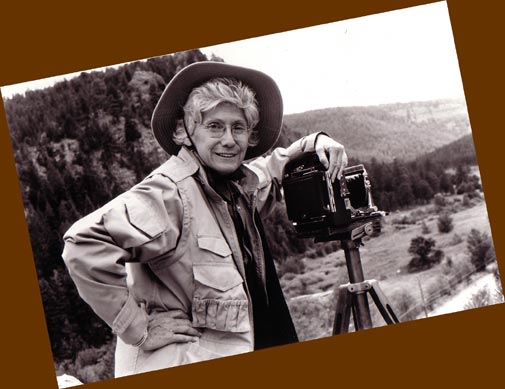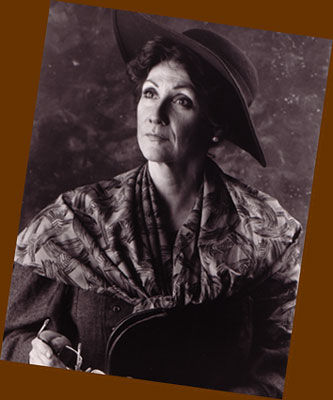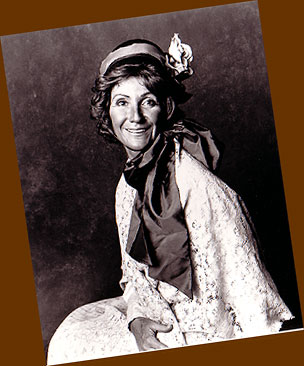Deborah
Blanche

|
Laura Gilpin
Photographer She packed her equipment in on horseback to photograph the source of the Rio Grande, did studio portraits for society matrons, directed pilots to “fly low” over Shiprock to capture the light and shadows from every possible angle. Laura Gilpin experimented with every subject and extant photographic technique for over fifty-five years before receiving widespread national recognition for it.
|
||||||||

|
Jeannette Rankin
The Disarming Dissenter Born on a ranch near Missoula, Montana, of “Western frontier stock", Jeannette Rankin became the first woman to be elected to United States Congress or to any major legislative body in any free country in the history of civilization. She was a leader in the struggle for women's suffrage and instrumental in passing the 19th Amendment on to the states for ratification. During her two terms (1917-1919 and 1941-1943) she cast the only dessenting vote against entry into World War II and was among the minority to vote against World War I. The latter defined her as a pacifist and to a lifetime of work for peace and social justice.
|
||||||||

|
Elizabeth Bacon Custer
Mrs. Custer's Last Stand George Armstrong Custer's career ended in 1876 at the Little Big Horn, but you won't have the last word on Custer until you've heard from his widow. Elizabeth Bacon Custer was an intelligent, vivacious and stalwart woman of the 19th century who lived well into the 20th. In 1864 she married her “dashing boy general” in their hometown of Monroe, Michigan. It was a match that dominated both their lifetimes. Libbie often made a tent her home, rode with the ranks, and accompanied the U.S. Cavalry on many of its expeditions. After Custer's death, Libbie stepped through the barriers of fear and upbringing to earn her own living as a writer and lecturer at a time when this was considered inappropriate “for a lady", and she spoke out against the prohibitions that made it difficult for other women to do the same. Like “the General” she was often the object of criticism and controversy.
|
||||||||